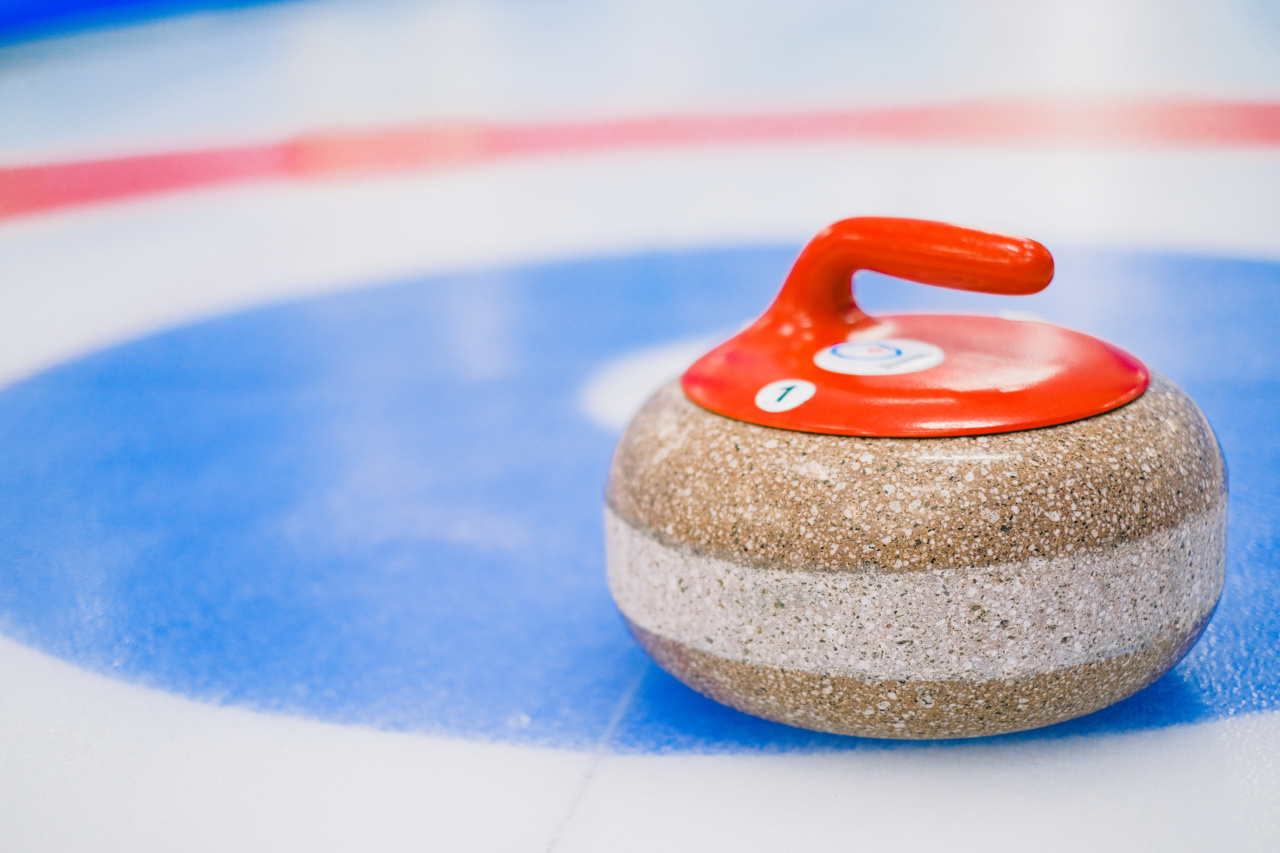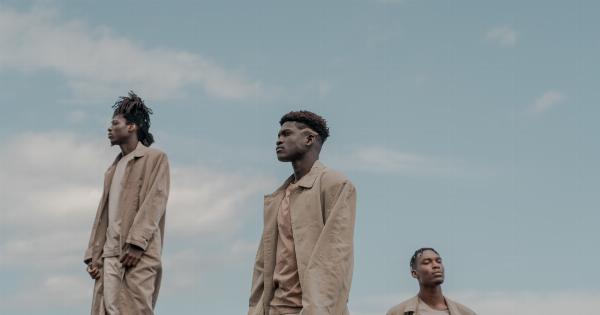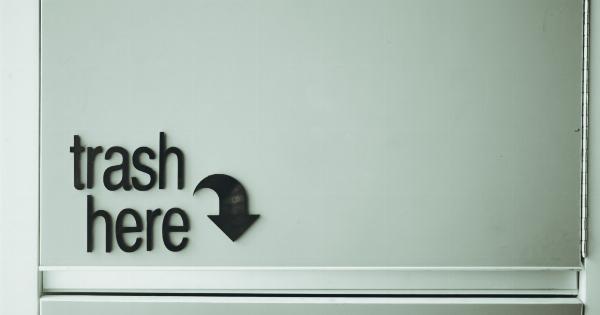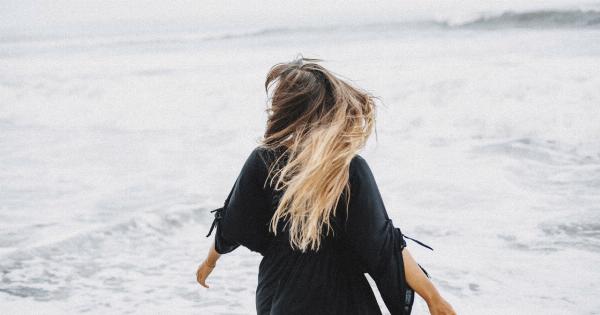Winter is a season that brings along the beauty of snow and the joy of cozying up by the fireplace. However, for some individuals, exposure to icy temperatures can bring about unwanted consequences.
One such consequence is chilblains, a painful condition that affects the extremities, typically the fingers and toes. In this article, we will delve into the causes, symptoms, and treatments for chilblains, as well as provide some useful tips on prevention and management.
The Cold Culprits
Chilblains, also known as pernio or perniosis, are a localized inflammatory response that occurs as a result of repeated exposure to cold and damp conditions.
The condition primarily affects small blood vessels in the skin, leading to poor circulation and inflammation.
While chilblains are readily associated with exposure to extremely cold temperatures, they can also occur in mildly cold weather if the individual is not adequately protected.
Wet or damp conditions, combined with a lack of proper insulation, can further exacerbate the risk of developing chilblains.
The Telltale Signs
Identifying chilblains is relatively straightforward, as the condition presents with several distinct symptoms. These can include:.
-
Painful, itchy patches: Affected areas may become tender, itchy, and painful. The itching sensation can worsen if scratched.
-
Discoloration: Chilblains generally cause redness and swelling. The affected skin may appear purple or dark blue due to poor circulation.
-
Blister formation: In severe cases, fluid-filled blisters may develop. These blisters can be especially painful and prone to infection if they rupture.
-
Burning sensation: Many individuals with chilblains describe a burning or tingling sensation in the affected areas.
If you suspect you may have developed chilblains, it is important to consult a healthcare professional for an accurate diagnosis and appropriate treatment.
Treating the Chill
While chilblains can be bothersome and uncomfortable, they typically resolve on their own within a few weeks. However, there are several measures you can take to alleviate symptoms and promote healing:.
-
Keeping warm: Ensuring the affected areas are adequately protected from cold and damp conditions is crucial for relieving symptoms.
Layering clothing, using hand warmers, and avoiding exposure to extreme temperatures can help prevent further irritation.
-
Elevating the affected areas: Elevating the affected fingers or toes can improve circulation and reduce swelling.
-
Topical creams: Applying soothing creams or ointments, such as those containing aloe vera or calamine, can provide relief from itching and promote healing.
-
Protecting blisters: If blisters develop, it is crucial to protect them from further damage and infection. Keep the area clean and dry, and avoid bursting the blisters.
-
Over-the-counter pain relievers: Non-prescription pain medications, such as ibuprofen or acetaminophen, can help alleviate pain and reduce inflammation.
It is important to note that individuals with severe or persistent chilblains should seek medical attention, as further intervention may be necessary to prevent complications.
Prevention is Key
Preventing chilblains is often more manageable than treating them. By following these simple steps, you can significantly reduce the risk of developing chilblains:.
-
Bundle up: Wear warm, weather-appropriate clothing and layer up to protect yourself from extreme temperatures. Don’t forget to cover your hands and feet with gloves and insulated socks.
-
Keep dry: Avoid prolonged exposure to wet or damp conditions. If your clothes or shoes become wet, change into dry ones as soon as possible.
-
Stay active: Engaging in regular physical activity improves blood circulation, helping ward off chilblains. Gentle exercises, like stretching and walking, can be beneficial.
-
Quit smoking: Smoking can further impair blood circulation, increasing the risk of developing chilblains. Quitting smoking can improve overall blood flow and reduce the likelihood of experiencing this condition.
By incorporating these preventive measures into your daily routine, you can minimize the chances of dealing with the discomfort and frustration of chilblains.
Conclusion
Chilblains, although not a life-threatening condition, can certainly disrupt your winter experience.
By understanding the causes, symptoms, and treatments of chilblains, you can take proactive steps to prevent their occurrence and effectively manage them if they do arise. Remember, protection and warmth are your allies when it comes to keeping chilblains at bay!.






























